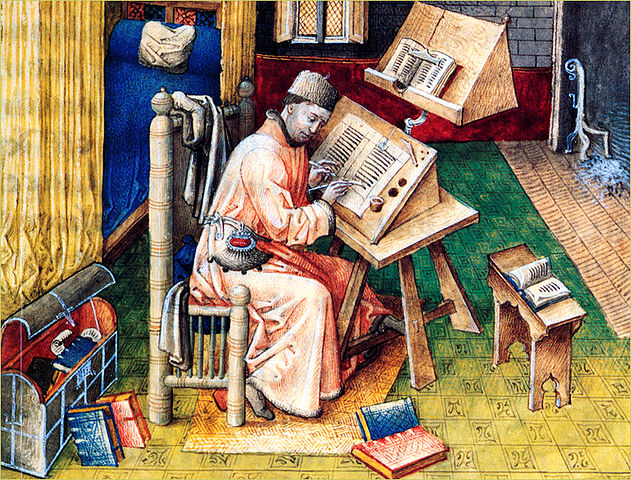As folk lore would have it, life in the Middle Ages was deeply depressing. Unless you were an aristocrat or a royal, you were likely to live as a peasant, in a town in which disease was rife and food was scarce. Labeled “The Dark Ages”, this time in history is looked back on for its apparent lack of culture or opportunity, with the everyman suffering a bleak fate. Just how bad was live back then, really? While we might believe we have an understanding of the time, life in the Middle Ages wasn’t nearly as bad as it seems to have been. By delving deeper into the period we can understand it on a more intimate level, uncovering what life was really like back then.
During the Early Middle Ages, the first European Universities were being opened up. Hundreds of years ago, the Classical Education system first came to light, bringing with it a whole lot of intellectual development. Law, medicine, the arts, religion and geometry were offered to a wider stretch of the public, enabling them to expand their horizons for the first time. While education was only offered to a certain sect of society, it nonetheless spelled positive progress for the era.
With the opening up of education in general came a push for the sciences. Although the Middle Ages was still very much submerged in religion, it did also support a complementary focus on scientific discovery. In countries such as Italy and and Spain, scholars laid the groundworks for scientific developments that later proved to change the way societies thought entirely. It wasn’t quite the Enlightenment, but educational change was beginning to take place.
As the sciences experienced a surge, so too did the visual arts, music and literature. For the first time in years, the Middle Ages welcomed a focus on dramatic arts and literature, helping people living during the time to learn more about the world around them. Latin was replaced by other dialects, too, in a bid to help the lower classes communicate more freely.
For a brief period in time, magic and religion even coexisted harmoniously. A number of European countries were in agreement over the origin and meaning of a stretch of religious texts, something that had never happened before. Magic was even brought into the mix, featuring as a huge part of everyday life. The practice of white magic was associated with all things positive, mirroring the belief of love, miracles and kindness taught by the church.
When it came to the state of the planet, things seemed to be in the people’s favor during the Middle Ages. According to temperature reports gleaned from the era, the weather was surprisingly good, warmer than usual across large parts of the world. The warming atmosphere even melted parts of sheet ice, enabling the Vikings to colonize northern nations previously covered by snow.
The legal system in the Middle Ages was also a great deal fairer than you might have believed. Laws at the time were incredibly complex, set out to ensure as fair a deal for as many people as possible. Rules were set in place to encourage good practice and fair deals and one Anglo Saxon law even regulated peace amongst the Europeans. Life was there to be enjoyed and legal figures tried to do their job with as little bias as possible.
Of course, the Middle Ages had its fair share of negative points. Dealing with the black plague, uncontrollable pests and ineffective medicine was just another part of life for people back then and undeniably affected how society was formed. If you look closer at the time, however, you can uncover a great deal of good and shed a little light on the Dark Ages.




